What Is a Number 10 in Soccer? Let’s Read To Explore!
In most team sports, a few numbers, phrases, or words hold a specific significance above others. In soccer, few numbers carry the significance and weight or the joy and admiration as the number 10.
Any soccer lover and fan knows that the number 10 player has been sported on the backs of the jerseys of many of the greatest soccer players in history.
With that in mind, you might wonder, “What exactly gives the no. 10 this symbolism and makes it one of the astounding numbers that stand out with significance in soccer games?
What is a number 10 in soccer? Why is number 10 special in soccer? Let’s clear these queries with valuable information that Scott Fujita provides.
Contents
What Is a Number 10 in Soccer?
The number 10 typically means a lot to a soccer team.
No 10 in soccer might refer to a player who wears the no 10 on the back of their jersey. It can also involve the position on the soccer field associated with playing no 10.
During a soccer game, any player’s jersey must carry a number during a soccer game, which ranges from 1 to 11. But technically, a player can choose any number.
The number 10 is often related to a position on the soccer field in front of the midfielders and behind the forwards.
You can sometimes hear someone refer to the number 10 player during a soccer match, but this player is not carrying the number 10 on their back, meaning they are wearing a different number on their jersey.
Why Is the No 10 Jersey Assumed to Be Significant?
Many greatest players have carried the no. 10 during their careers.
The number 10 in soccer derives its fame mainly from the players who carry it.
Many players in soccer history have achieved incredible feats wearing this number. The rise of their reputation also makes the number 10 even more meaningful in football.
Many of the greatest players of all time have carried the no. 10 on their jerseys during the peak of their careers, such as Pele, Messi, and Maradona.
Many excellent players achieve success with the number 10 on their backs, and more people believe in the meaning and magic of this number for soccer. The no 10 jerseys were regularly reinforced since being associated with only the best soccer players.
The meaning of this number even affects children who have a passion for soccer.
Many of them wear the number 10 jersey when playing against their friends because of the greatness it represents or simply imitate the significant number 10 players they admire.
What is The Role of the No. 10 Soccer Player?
Now, you should know, “What does the number 10 mean in soccer?” It is time to learn about its role.
Their primary role is to make great goal-scoring opportunities for their teammates by creating space for others, creating incisive passes, or scoring goals directly. These players are typically the playmaker on their team.
Taking on the role of attacking players, when receiving the ball, their first reaction is often to consider if they can move the ball into more advanced positions. Then their teammates will find a way to make goal-scoring opportunities and score goals.
In addition to creating favorable scoring opportunities for their teammates, these players are also known for their consistent scoring ability. They must have excellent technique with the ball.
When these players see passes that need to be made or moves that can open up the defense of their opposition, they will use their skill to achieve what they’re attempting.
In addition, their superior technical skills allow them to hold the ball as long as they need and avoid getting tackled easily. So sometimes, we feel that the balls are glued to their feet.
History of the Number On The Soccer Player’s Jersey
Nowadays, a player can choose any number.
Using numbers on soccer players’ jerseys originated in Australia in 1911. A soccer match between HMS Powerful vs. Sydney Leichhardt is considered the first time soccer players carry numbers on their backs.
These numbers were first utilized to determine the different positions on a soccer field, meaning each position was given a number from 1 to 11. It clearly showed the area of the soccer field or position that a player is playing in.
For instance, if you see a soccer player wearing the no. 1, you will know he is the goalkeeper. On the other hand, if he is wearing the 9, you will know he is the center forward.
These numbers were beneficial for some reasons:
- Help the Teams’ Coaches: When they explain the new tactics to their players, they simply mention the numbers instead of specifying the position or the player’s name.
- Helpful for the Soccer Players on a Soccer Team: Besides helping these players determine where they were expected to be playing quickly, these numbers also look around to see the numbers on the back of their teammates’ jerseys and see where others are playing.
- Useful for Fans and Spectators: These numbers allow spectators and fans to locate players on the field easily.
These numbers were initially stuck rigidly to the position respectively on the soccer field. So, for instance, if a player acts as a central midfielder, he will carry the no. 8. Conversely, if he plays as an attacking midfielder in the next game, he will wear the no. 10.
The number has been associated with a specific player instead of a specific position on the soccer field. Nowadays, a player can choose any number and use that number to play for many different positions in a season or even a career.
Many people agree that the role of no. 10 is the most exciting player to watch.
FAQs
What Are the Best Number 10 Soccer Players of All Time?
- Lionel Messi.
- Diego Maradona.
- Johan Cruyff.
- Michel Platini.
- Alfredo Di Stefano.
- Pelé.
What Qualities That Soccer Players Need to Possess?
This position in a soccer game is often taken by creative players in a team and is most responsible for breaking against compact and stubborn opponents.
So if a player wants to take this position, he must own these qualities:
- Stay calm in front of the opponent’s goal and have the ability to assist and score.
- Have excellent timing and can make late runs into the opponent’s penalty area.
- Possess the precious tenacity to keep trying even when his attempts to make are not quite coming off.
- Be confident and brave in creating inventive and challenging passes to make opportunities for other players.
- Can receive and pass with both feet.
- He must be very comfortable on the ball and be proactive and positive in his movement when looking to make space for himself, receive the ball and find scoring opportunities.
- He must have flair and a good imagination, along with great awareness and vision.
How To Play As No 10 Players In Soccer
10 Players are responsible for both offense and defense.
When Defending
When it comes to defending, the primary characteristic of a number 10 player is to stop his opponents from obtaining the ball out from the back. Also, he may have to defend deeper in his half,
- He is ready to drop back and offer additional defensive support, especially when his team gets outnumbered in the middle of the field.
- Put his high pressure on the opponent’s number 6 and minimize their chances on the ball.
- When his team isn’t pressing a ball, he has to work hard to cut off passing spaces and lanes so the defense can’t create an effortless pass forward.
- He needs to support his teammates when pressing a ball by acting as a 2nd or 3rd defender and helping his team remain compact.
When Attacking
The no 10 player is essential when his team has the ball or is attacking, especially in the 1/3 of the final field. His primary responsibility is to make goal-scoring chances for themself as well as their teammates.
So to do this consistently and successfully, a number ten should:
- Create ‘third man runs’ behind the opponent’s defense and the striker to block the ball from other players.
- Support other attacking players promptly when they receive a ball, especially when they’re under pressure.
- Looking for chances to shoot from around the edge of the penalty area and from a distance.
- Can play passes fast, sometimes with one touch or two, to impede his opponent’s defense from reacting and organizing.
- Try to look for space and get the ball between his midfield line and the opponent’s defensive line.
- Constantly scan the soccer field and can make positive and quick decisions upon receiving the ball.
The Bottom Line
What does number 10 mean in soccer? It can represent a position on the soccer field in front of the midfielders and behind the forwards. Also, it can involve the number 10 on the backs of players’ jerseys.
Many of the greatest players of all time have carried the number 10 for most of their careers, leading many to believe that the number means a lot to soccer.

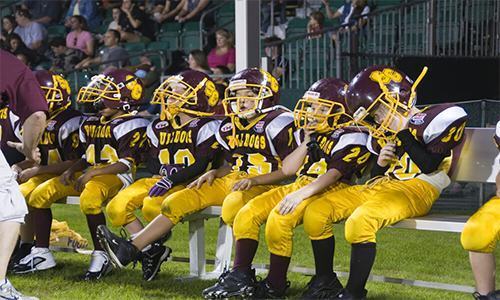

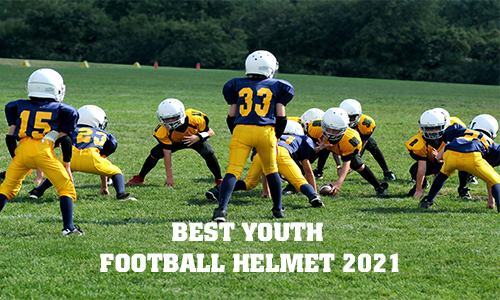
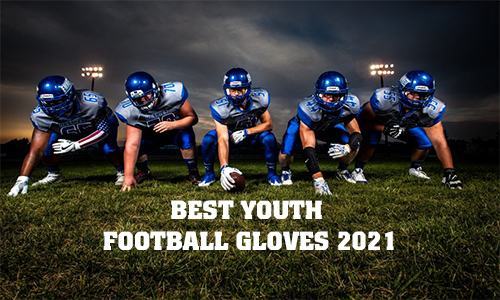
![[Top Rated] 10 best football gloves with best grip 2025 5 best football gloves 2021](https://www.scottfujita.com/wp-content/uploads/2021/03/best-football-gloves-2021.jpg)
![[Lastest Update] Top 10 Best Soccer Cleats For Kids 2025 6 Best soccer cleats for kids scott fujita](https://www.scottfujita.com/wp-content/uploads/2021/03/Best-soccer-cleats-for-kids-scott-fujita.jpg)

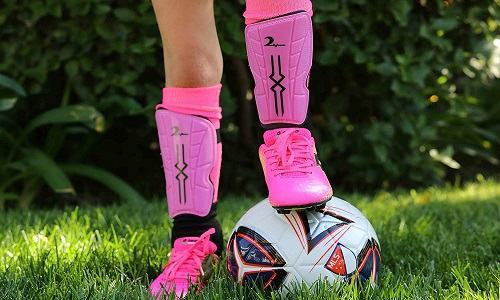

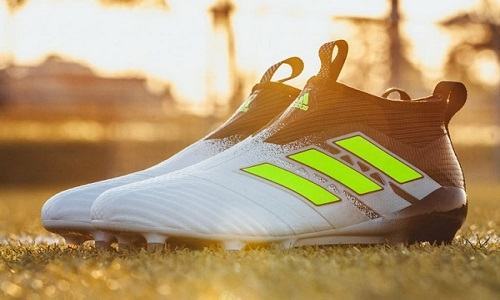
![[Top-Rated] The Best Basketball Shoes For Ankle Support 2025 11 best basketball shoes for ankle support scottfujita](https://www.scottfujita.com/wp-content/uploads/2021/07/best-basketball-shoes-for-ankle-support-scottfujita.jpg)




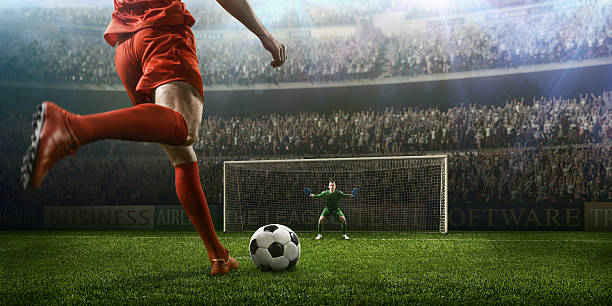
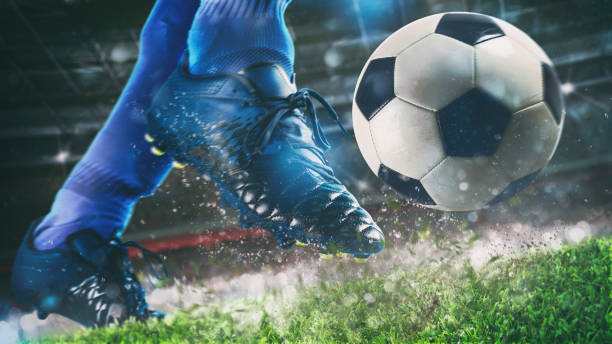
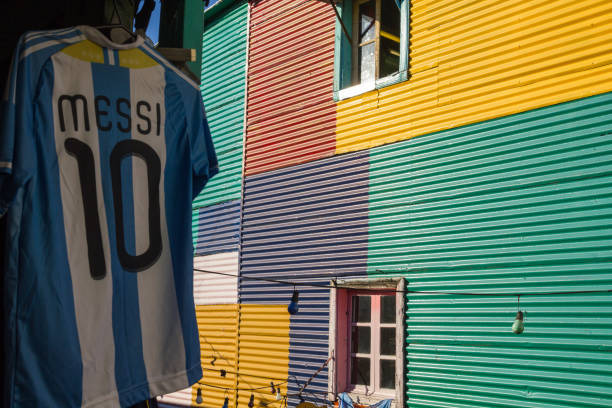
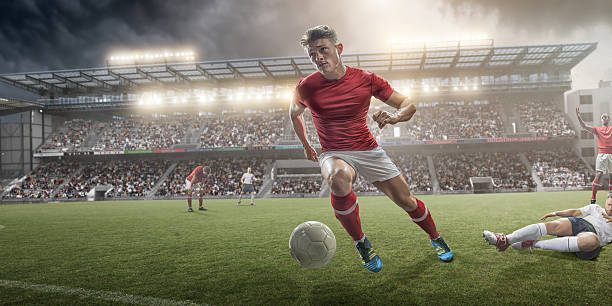
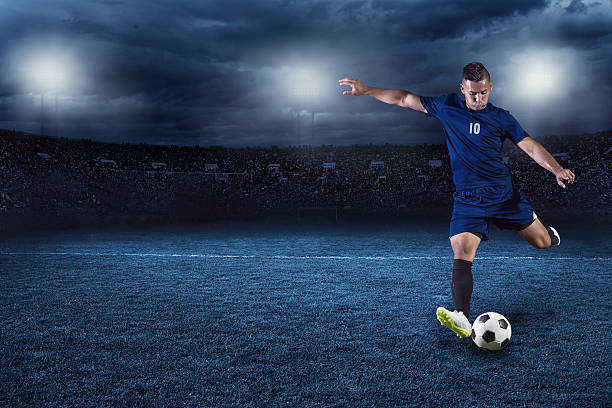


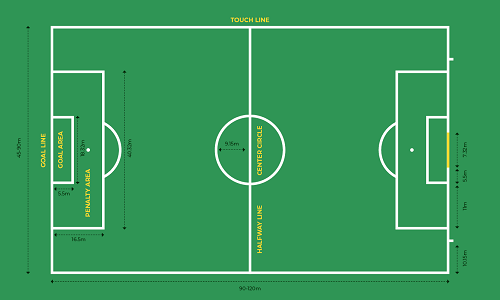
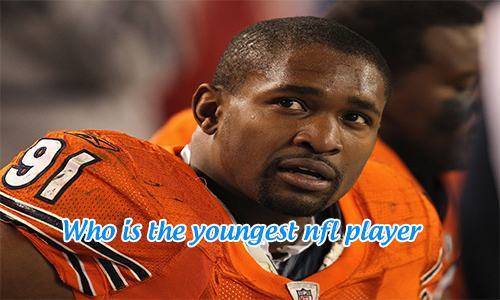
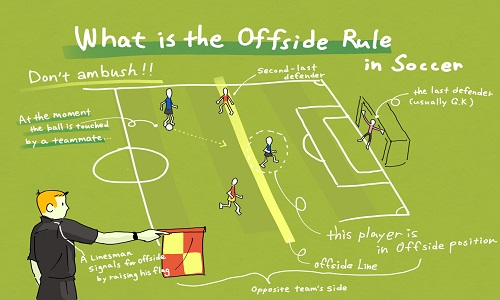
![What Are The 5 Positions In Basketball? [And Their Roles] 35 what are the 5 positions in basketball scottfujita](https://www.scottfujita.com/wp-content/uploads/2021/10/what-are-the-5-positions-in-basketball-scottfujita.jpg)
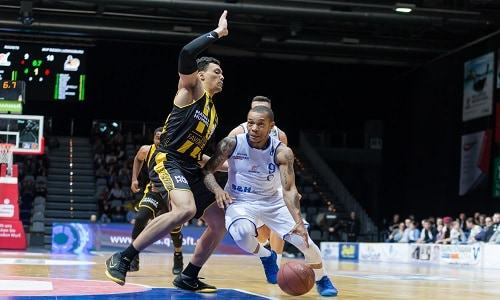

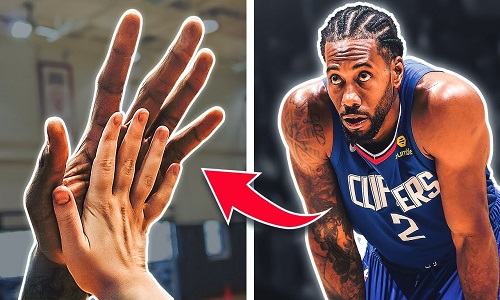
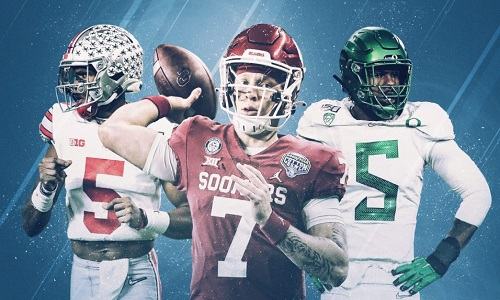


![Top 10 Best NBA Centers Of All Time [2024 Updated] 42 best nba centers of all time scottfujita](https://www.scottfujita.com/wp-content/uploads/2021/12/best-nba-centers-of-all-time-scottfujita.jpg)
![The Best Football Mouthguard 2024 [Reviewed & Compared] 43 best football mouthguard scottfujita](https://www.scottfujita.com/wp-content/uploads/2021/10/best-football-mouthguard-scottfujita.jpg)